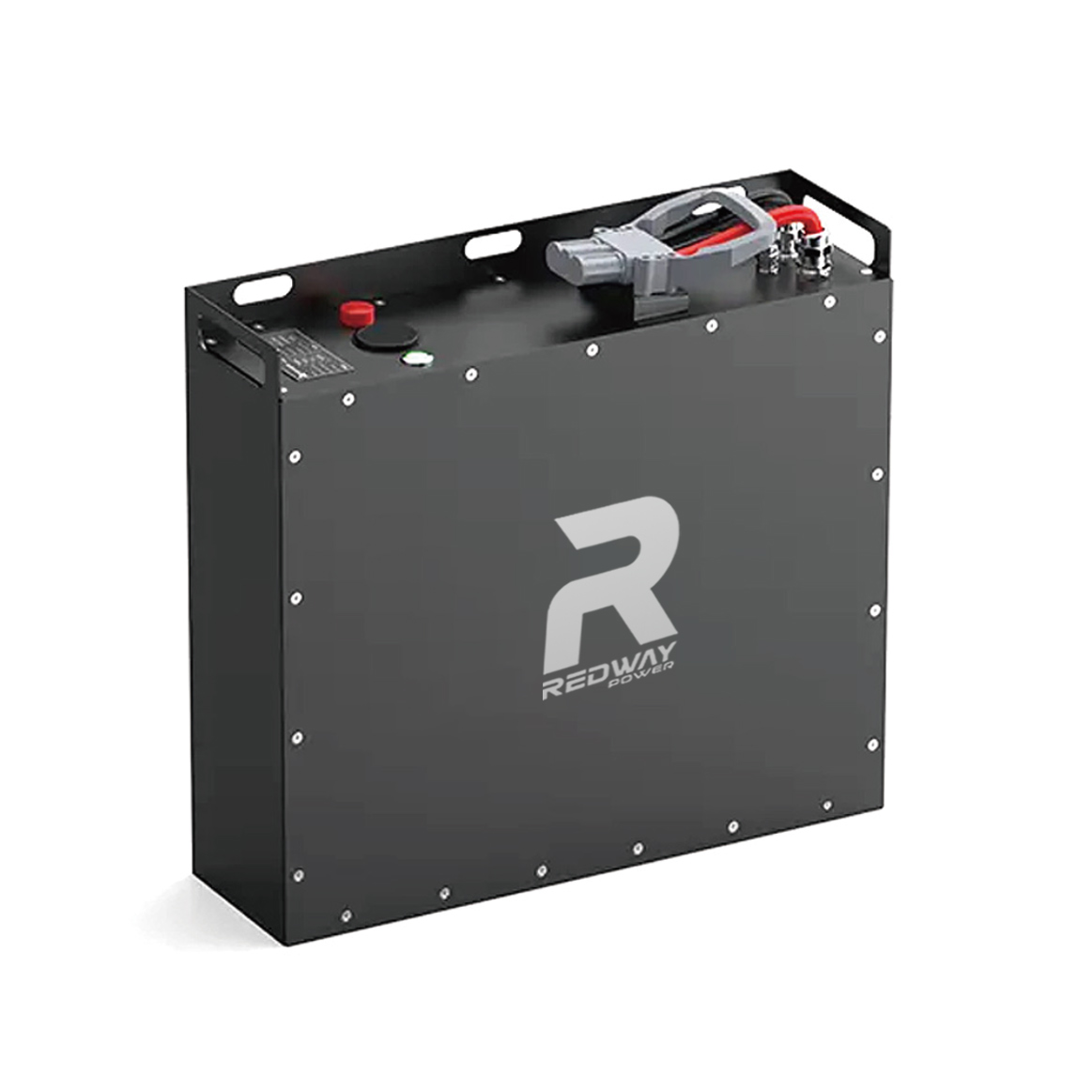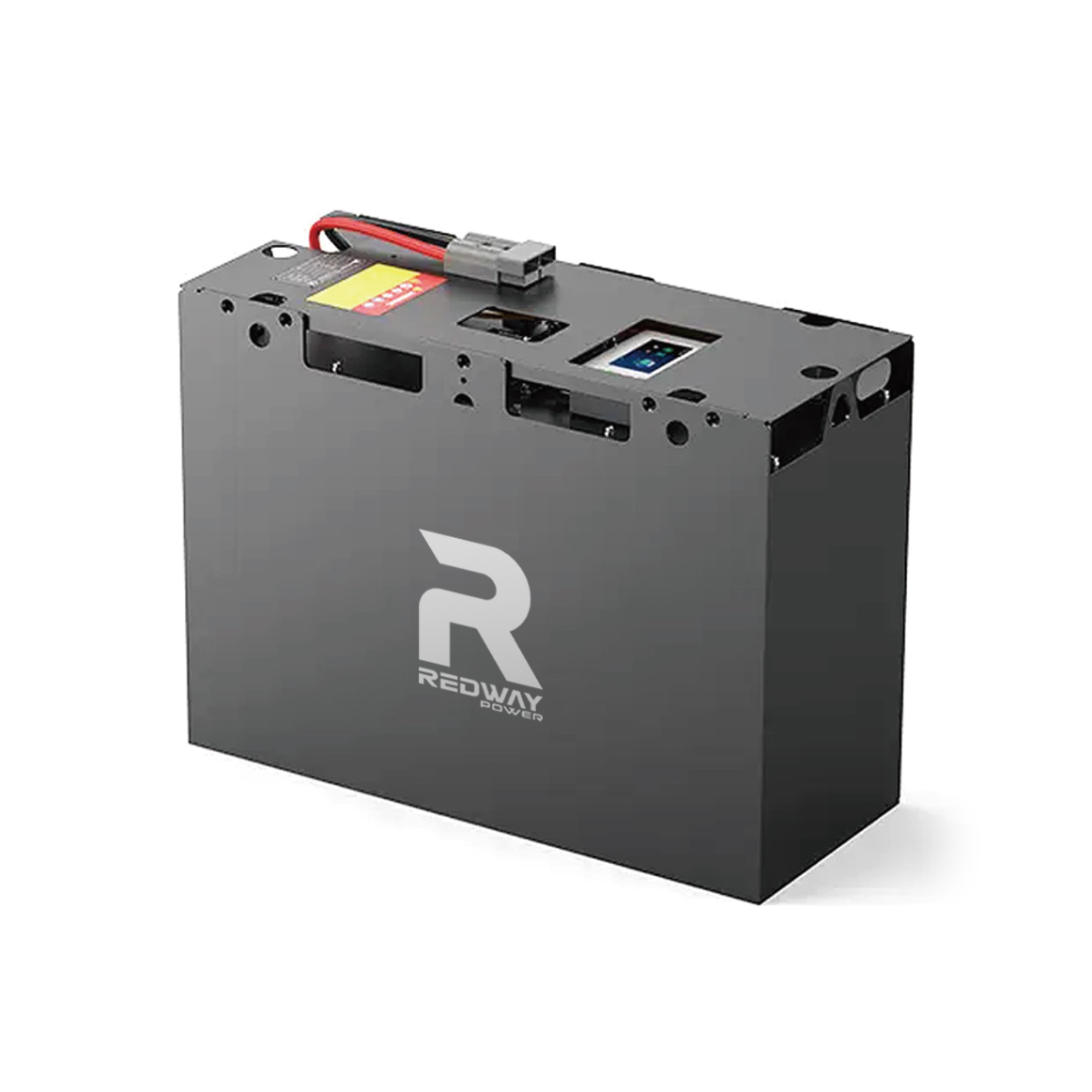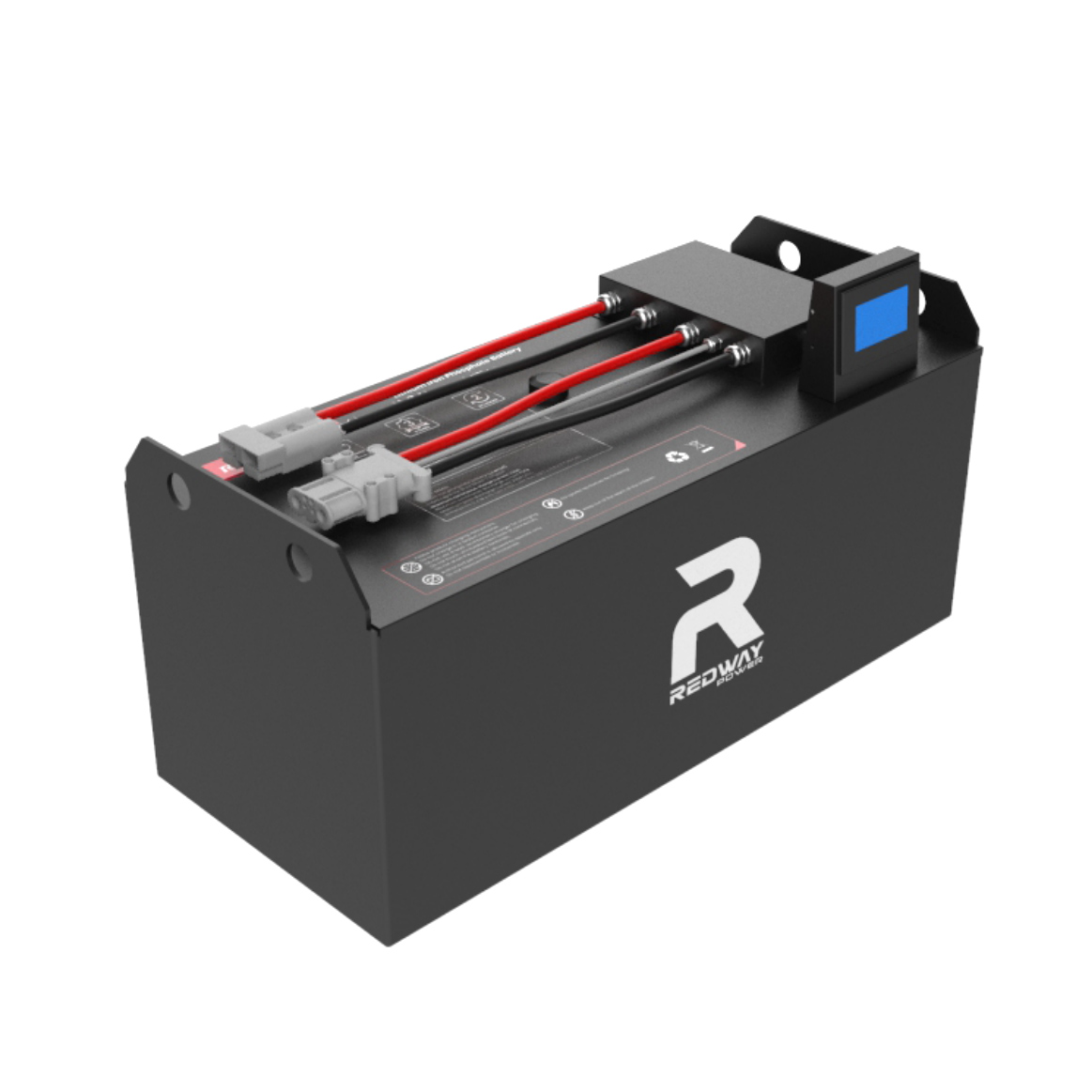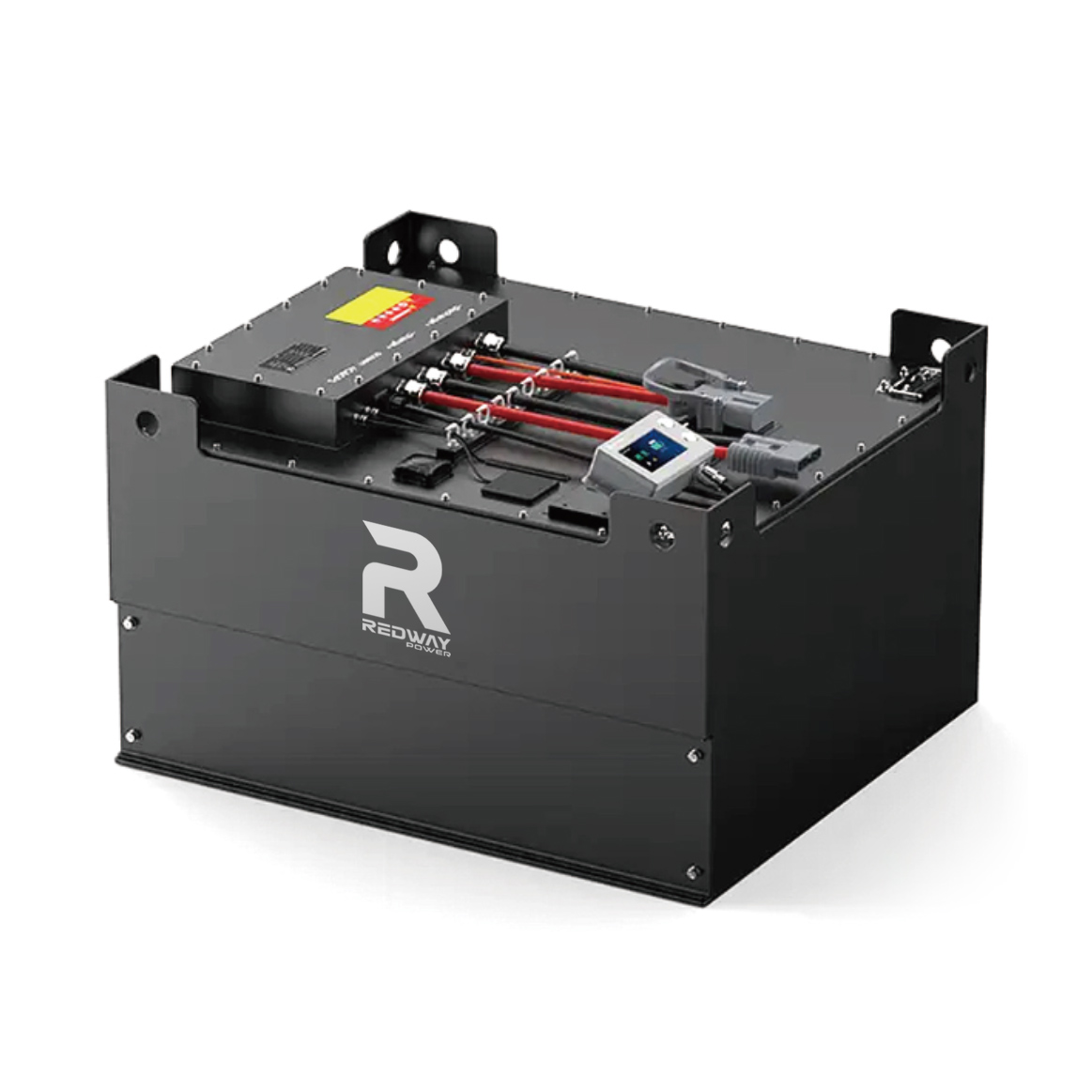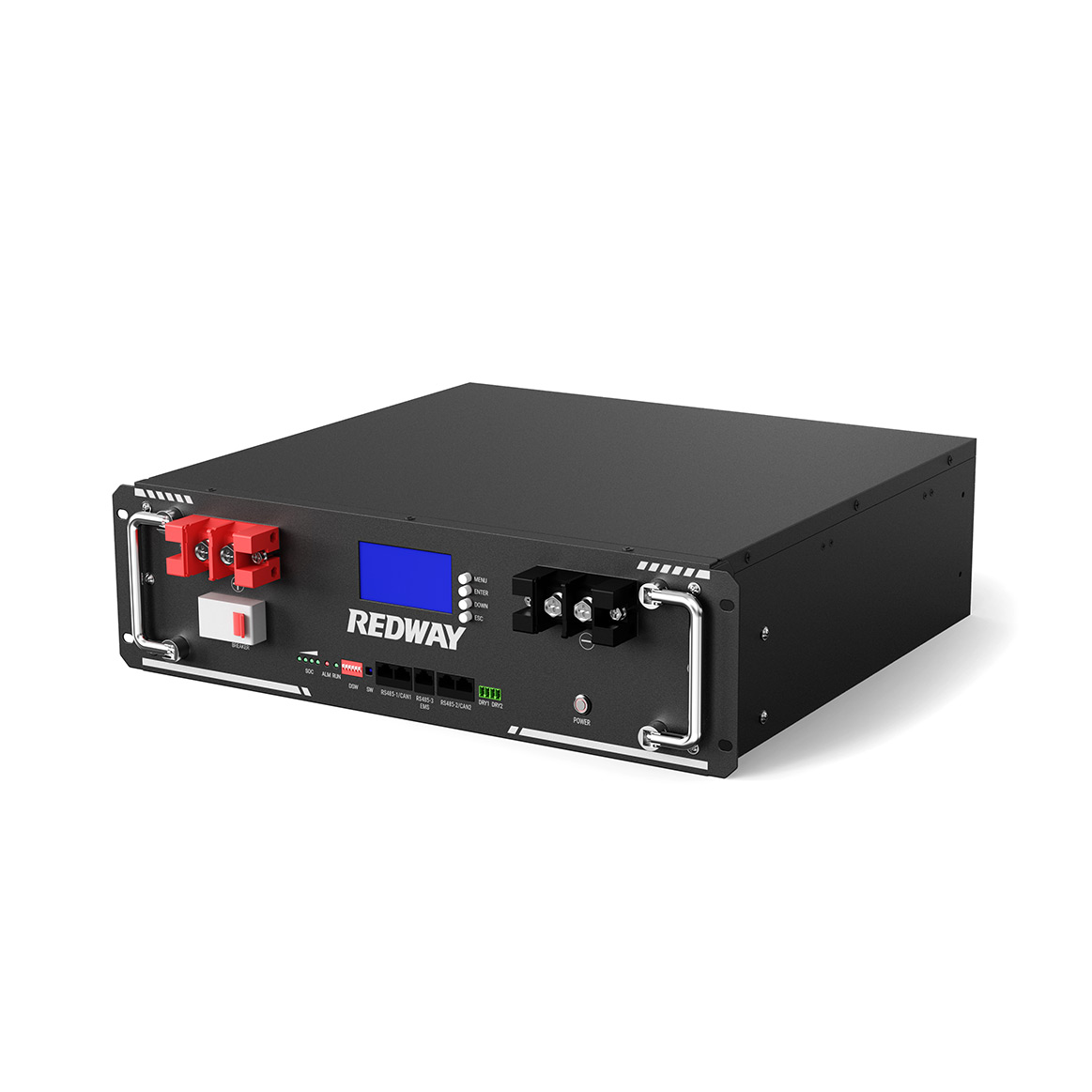Deep Cycle LiFePO4 Batteries Manufacturer
Looking for a business partner from whom you can buy deep cycle lithium batteries at wholesale price? We got you covered. Learn more about how we can work together.
Redway Lithium ion Battery Factory has been diligently striving to unlock the mysteries of transforming deep cycle LiFePO4 Batteries into a profitable venture. Discover the inner workings of LiFePO4 Batteries, explore their advantages, various categories, extensive product line, exceptional craftsmanship, and a plethora of other fascinating details by simply clicking the button below!
We are a Lithium Battery OEM Factory
Redway is dedicated to the domains of 12V, 24V, 36V, 48V, 60V, 72V, 80V, 96V, 100V Deep Cycle Lithium Iron Phosphate Batteries, RV lithium battery, Marine battery, Rack-mounted lithium battery, Golf cart lithium battery and Forklift lithium batteries. Their ultimate goal is to fulfill the diverse energy needs of customers by providing comprehensive energy service solutions. These solutions encompass a range of offerings, including lithium-ion battery energy storage products, smart hardware solutions, energy investment, and operational services, among others.
Don’t you find what you are looking for?
Just tell us your detailed requirements. The best offer will be provided.
Blog
How Is Vibration and Shock Resistance Testing Done in Factory Production?
January 2, 2026
No Comments
Vibration and shock resistance testing evaluates how products withstand mechanical stress during transport, operation, and handling. Factories use specialized shakers, drop tables, and sensors to
What Are the Best Solutions for Bulk Battery Shipments?
January 2, 2026
No Comments
Bulk lithium battery shipments demand careful planning, certified packaging, and regulatory compliance. Redway Battery provides UN-certified packaging, IATA/IMO/DOT compliance, and end-to-end logistics support from Shenzhen
How to Design Battery Warranty & Support?
January 2, 2026
No Comments
Factory-supplied batteries from leading China OEMs like Redway Battery combine robust warranties with comprehensive after-sales support. These LiFePO4 packs for forklifts, golf carts, and energy


